Wild Things
The weird and wonderful in the natural world
Sign up for our newsletter
We summarize the week's scientific breakthroughs every Thursday.
-
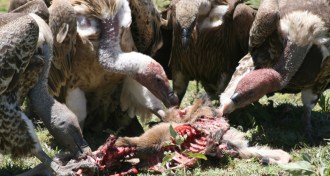 Animals
AnimalsAfrican vultures follow the dead, not the herd
Wildebeest may be numerous, but they’re not attractive to carrion-eating birds unless they’re about to die.
-
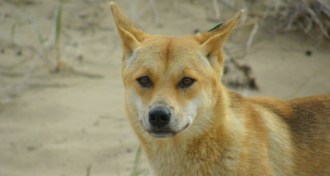 Animals
AnimalsTruths and lies about dingoes
A dingo really did take that woman’s baby, but other myths about the animals have been debunked.
-
 Animals
AnimalsFinally, evidence that a starfish’s eyes let it see
The sea star’s vision isn’t great, but it’s good enough to help the animal find its way home.
-
 Archaeology
ArchaeologyAnimal mummies were a message direct to the gods
A new theory about the purpose of animals mummified by ancient Egyptians proposes that the cats, ibises and other dead critters were more than just simple sacrifices.
-
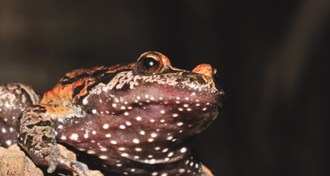 Animals
AnimalsA year of rediscovered species
Thousands of species go extinct each year, but at least a few are found after many years of being lost.
-
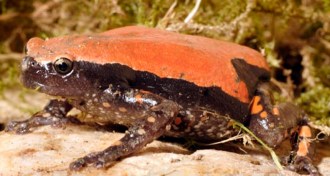 Animals
AnimalsAfrican frog conceals itself with chemicals
Two small peptides keep the West African savanna frog from being stung by ants.
-
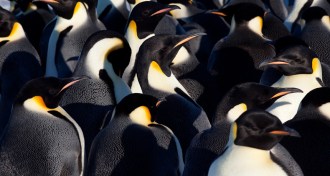 Animals
AnimalsPenguin huddles move like traffic jams
When one emperor penguin takes a step, he sets off a wave of movement.
-
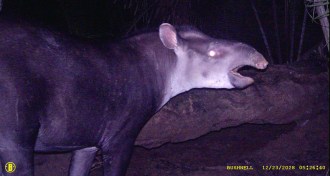 Animals
AnimalsNew species of tapir found in the Amazon
A sixth species of the large, snouted mammal was hiding in plain sight, well known by indigenous people.
-
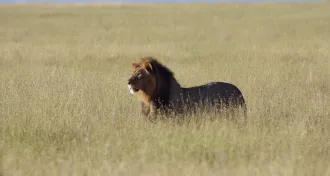 Animals
AnimalsProtecting wildlife with legal hunting is a complicated issue
Trophy hunting is legal in some African nations, but making the system work can be difficult, especially when data is lacking on how many animals exist.
-
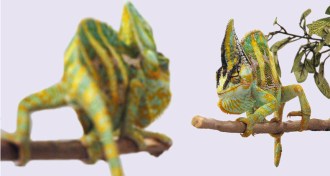 Animals
AnimalsBefore a fight, chameleons engage in colorful communication
Before one chameleon rumbles with another, he’ll display his side and change his stripes, indicating his willingness to fight.
-
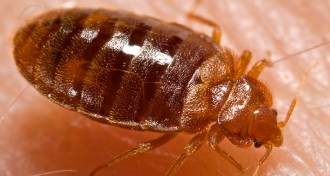 Animals
AnimalsBedbugs survive cold, but not for too long
Some studies have indicated that cold might kill bedbugs after as little as one hour of exposure. But new research finds that’s not the case.
-
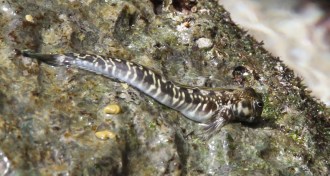 Animals
AnimalsLeaping land fish avoids predators by blending in
The Pacific leaping blenny avoids being eaten by predators by blending into its rocky habitat.